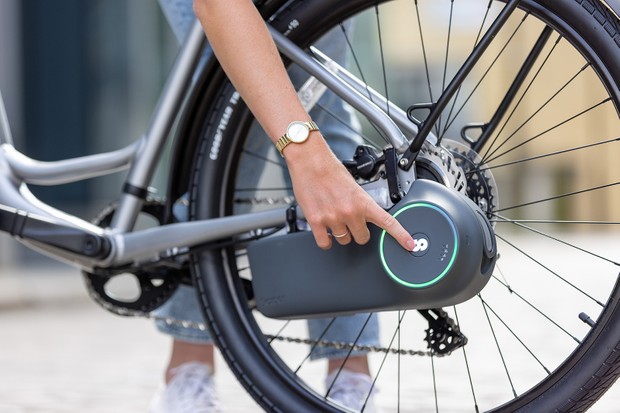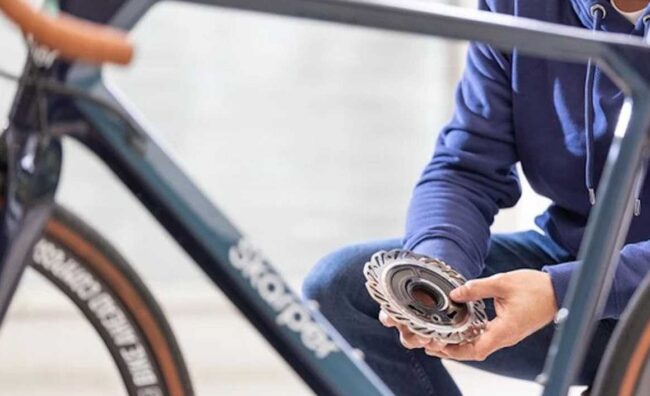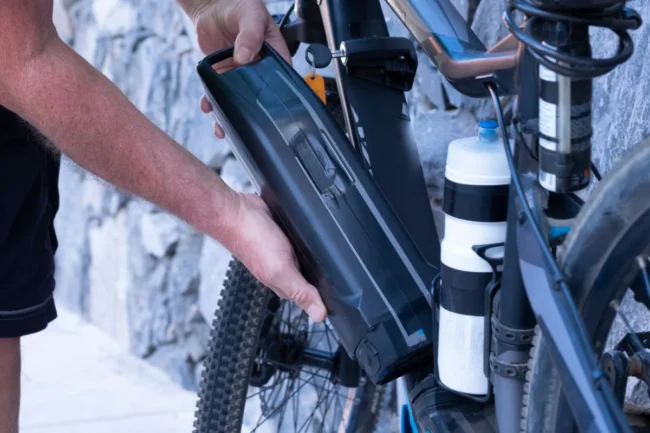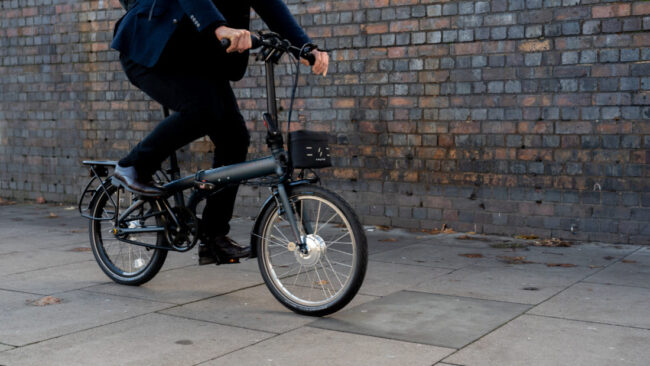Electric bikes are the new way to get around! More people are ditching their traditional bikes for an e-bike, whether for commuting, exercising, or recreational riding. However, investing in a new battery-powered bike can prove to be a costly affair!
Luckily, those looking for a cheaper way to own an e-bike can opt for an electric bike conversion kit. They allow you to turn your current traditional bike into an e-bike while promising the same kind of experience you get from a new bike. But just how much does an e-bike conversion kit cost, and what will it take to convert your traditional to electric?
What Is The Cost Of An Electric Bike Conversion Kit?

Now that you know how to convert a regular one into an e-bike using a conversion kit, how much will you pay for such a kit?
A conversion kit typically ranges between $300 and $900! This is what you’ll pay for a basic kit, although you can find much cheaper options and top-shelf units. Note that the range above is for suitable quality conversion kits that will value your money.
The prices of the conversion kits vary depending on the motor included and what you plan to use the bike for. Some kits may feature the ability to adjust the control when riding on rugged terrains. Meanwhile, other kits focus on speed, ideal for the speed demons who want to test the bike’s limits on long stretches.
So, aside from the price of the conversion kit, you also want to consider the type of motor and the intended use when shopping for a unit.
In a nutshell, all electric bicycles are essentially regular bikes with a motor and battery added! All other components, including the frame, fork, tires, wheels, grips, derailleurs, shifters, stem, brakes, seat post, saddle, etc., are precisely the same on both a regular and an electric bike. The only parts unique to an e-bike are the battery and motor. Just add these to your normal bike, and with a few tweaks here and there, you’ll be good to go!
Electric Bike Conversion Kits

These kits help transform your standard pedal bicycle into an e-bike with the same performance you’d expect from a new bike; only that you’ll be paying a fraction of the price. A decent conversion can be done at the cost of a cheap e-bike, if not for less.
The benefit of converting is that you can use a bike you already own, which will usually be of higher quality than bikes used for budget e-bikes. You also enjoy more room for customization to create a bike that best fits your riding style.
While most conversion kits contain electric components, you’ll need to buy a battery for your new bike; this is usually not included. So, you’ll have to buy a suitable battery.
Get the e bike conversion kits from ElectrifyBike.
Choosing An E-Bike Battery

The capacity and voltage are the main criteria for selecting the correct battery. An e-bike’s battery voltage is usually measured in increments of 12V, ranging between 12V and 72V. Generally, the more the voltage, the more the power and speed. 12V and 24V bikes are weak and best suited for low speeds on relatively flat ground.
You’ll also need to select a suitable capacity for your battery. This is measured in watt-hours or amp-hours, which essentially determine the range of the battery. Usually, you’ll find most batteries with a 10Ah capacity, and as this increases to 20Ah, you also buy yourself more cycling time.
Converting Your Regular One Into An Electric Bike

You must buy a conversion kit to turn your regular bike into an e-bike. This will come with a range of components needed for the transformation. These include an electric motor, a throttle, wiring looms, motor cut-off levers, and an LCD with a remote controller.
To convert, follow the steps below:
- Start by dismantling the bottom brackets, pedals, and cranks, as they won’t be required once you fit in the new motor. Remove the pedals first since they will be more challenging to get rid of when the crank is loosened.
- Place the chainring and secure it. Usually, you’ll need just about five bolts to get this done, which are included in the conversion kit. Screw the bolts into the chainguard and then onto the bike.
- Proceed to mount the motor onto the bike by sliding it on the lower bracket. Test the positioning of the motor to ensure that the fit is correct before attaching anything else. Then use the lock ring and mounting plate to secure it onto the bicycle.
- The next step is to attach the speed sensor. Take the speed sensor and secure it on the chain stay, with the magnet secured onto any spoke on the back wheel.
- Mount the battery onto your bicycle. This can be positioned on a fixing plate on the bike frame’s tube. Lock in the battery using the key you find inside the conversion kit.
- The last thing to do is test the system to ensure the display functions correctly. Once you’ve confirmed it’s up and running, go through all the secured bits to verify that they are firmly screwed in.
Are Conversion Kits Worth It?

The conversion kits are not exactly cheap, but they might cost you less than a good quality mountain or road bike. Aside from the cost of the kit, there are additional costs you will have to incur. For instance, if you decide to take it to a mechanic for the conversion, it will cost you a further $200, which is the typical rate charged by technicians.
Remember also that conversion kits do not come with a battery, so that’s another expenditure to include in your budget. You might spend up to $1000, around the price of a cheap electric bike.
The question of whether conversion kits are worth it eventually boils down to the needs and circumstances of the buyer!
Conclusion
If you feel buying a new electric bike will be too much of a financial strain, consider getting a conversion kit. You’ll be able to save money and still enjoy the electric biking experience. Happy riding!
